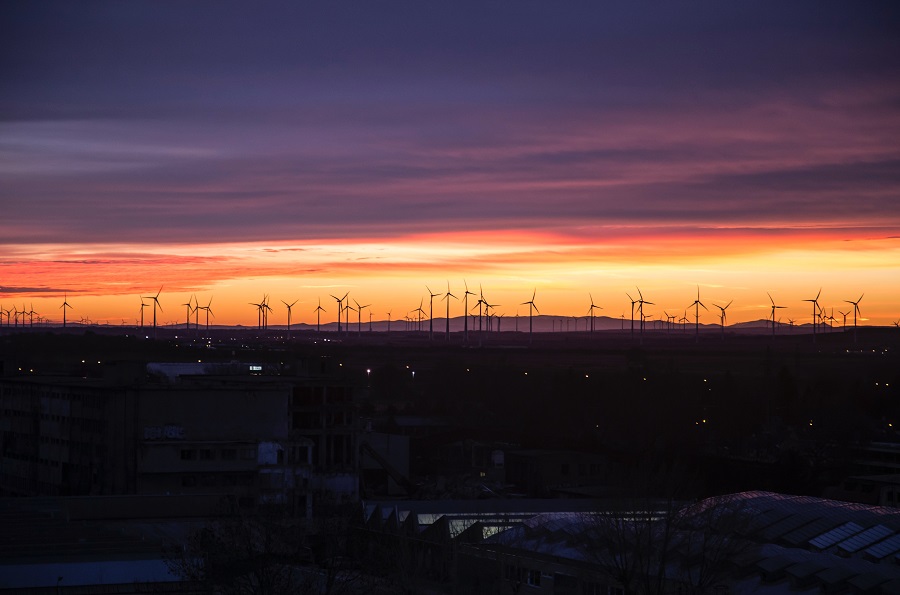Since the beginning of 2023, trends can be observed in the global economy that indicate a new stage in economic development. The war in Ukraine last year set a trend in which investments in renewable energy sources were treated as a way out of the energy crisis and dependence on natural gas imports from Russia. This was especially characteristic of the European Union, which was the most affected by the crisis, and solutions to reduce energy dependence on Russia are still costing it dearly.
However, new trends are emerging this year that are more focused on medium and long-term strategies than on current short-term trends. Most importantly, investment strategies targeting renewable energy sources insist on a comprehensive and sustainable approach much more than in the past.
In addition, the reduction of CO2 emissions is one of the goals that will regain its importance, after the disastrous data from 2022, when increased CO2 emissions were registered due to the energy crisis and subsidies.
The sector of renewable energy sources and the overall energy transition as a process will accelerate and enter a new stage of development, as the holistic approach in global political and economic movements becomes more and more important. The global challenges facing both investors and politicians increasingly require a holistic rather than a partial approach.
Analyses show that a solution for a complete approach that will cover all open issues is offered by the ESG integration model. Environmental Social and Governance (ESG) standards are principles that remain the focus of companies when considering future projects and investments. The focus of international banks and financial institutions, governments, and investors is placed on the creation of projects that will integrate these aspects and positively influence their advancement.
In its analysis of investment trends, Morgan and Stanley noted that precisely ESG standards and their incorporation into investment projects is becoming a very important factor when deciding where the money is invested. Investors want sustainable projects.
With this approach, investing in projects in renewable energy sources and in clean technologies is high on the list of investors. These sectors are most affected by the transformation of overall technology, along with digitalization. Hence investment in renewable energy sources and new innovative technologies offers the implementation of ESG standards more than any other industry.
According to analyses by Morgan and Stanley, in the global economic transformation in 2050, 9 trillion dollars will be invested. Projects with environmental and social impact will be a priority at least until the end of the decade. According to those parameters, investments in green energy and technologies that will support the energy transition are high on the list.
Namely, green energy has a strong environmental characteristic and a great social impact both in terms of creating new jobs and in terms of reducing energy poverty. Renewable energy is the solution for energy access even to the most remote places.
The realization of the started projects for renewable energy will create 30 million new jobs by the end of 2030, and all of this will greatly affect the structural economic changes. Morgan and Stanley suggested that ESG standards change the approach and impose new principles, where the greater connection of all stakeholders is necessary, which will bring greater sustainability to projects that will be attractive for investment. The good news is that green energy and the energy transition remain high on this list even under the new criteria.

